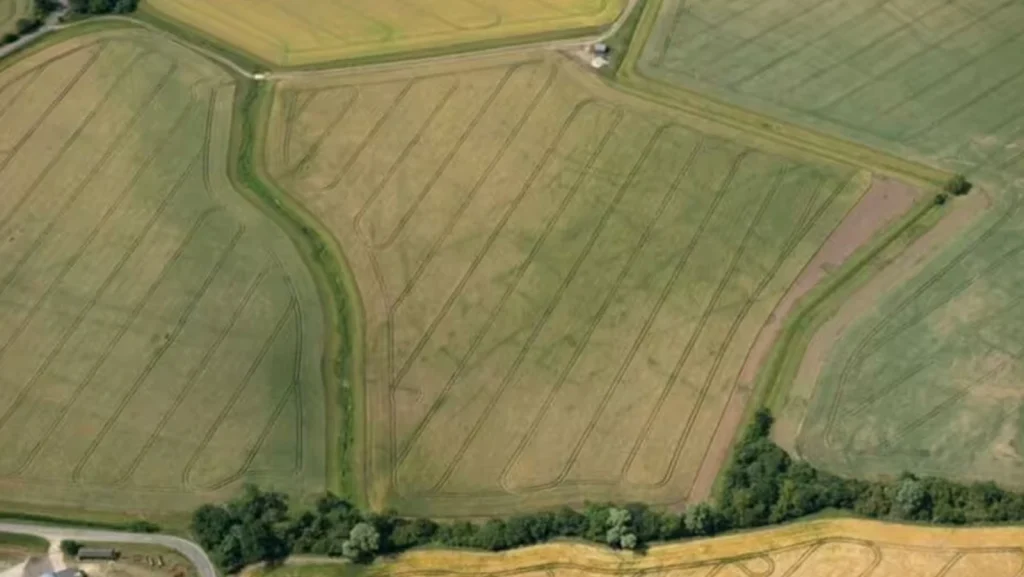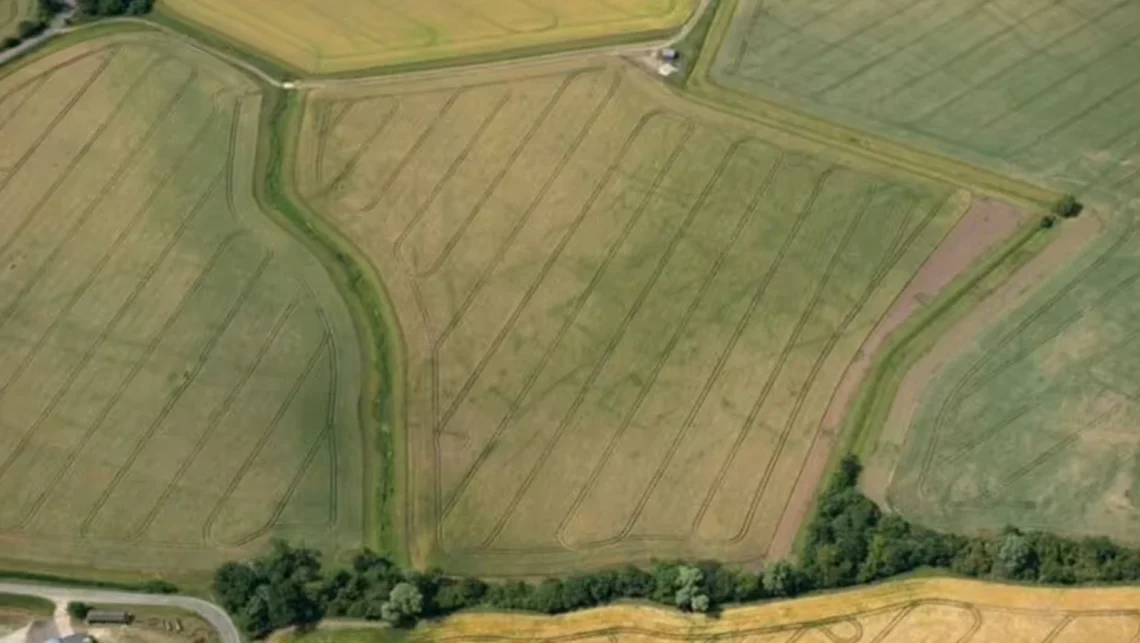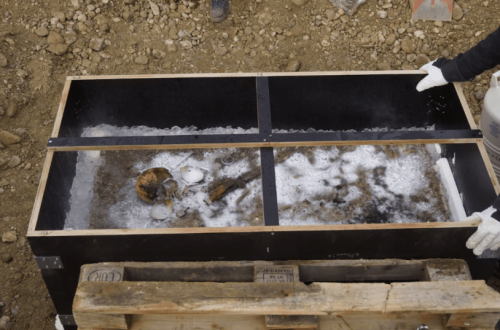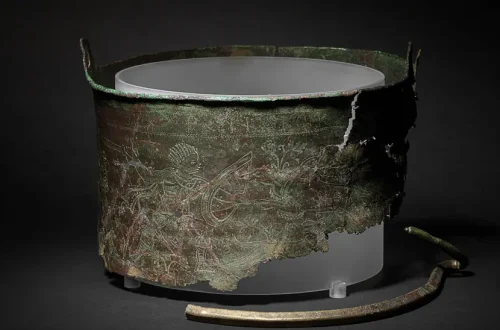A significant archaeological discovery in Cambridgeshire has halted plans for a proposed solar farm, highlighting the tension between the United Kingdom’s net-zero ambitions and the preservation of its historical heritage. The remains of a well-preserved Roman town, uncovered during survey work for the East Park Energy solar farm and energy storage project near Great Staughton, have been granted heritage protection status as a scheduled monument, effectively blocking development on the site. This finding, announced in September 2024, highlights the importance of archaeological assessments in modern planning and raises questions about balancing renewable energy goals with cultural conservation.

The discovery was made during preliminary surveys for the solar farm, which was intended to contribute to the UK’s transition to renewable energy. Located south of Great Staughton in Huntingdonshire, the site revealed a Roman settlement spanning approximately 77 acres, with evidence of streets, buildings, and other structures indicating continuous development over several centuries. Archaeologists identified features such as ditched enclosures, a possible villa, and artefacts including pottery and coins, suggesting the town was a thriving hub from the 1st to 4th centuries CE. The settlement’s layout and preservation make it a rare and valuable glimpse into Roman Britain, prompting Historic England and the Department for Culture, Media and Sport to designate it as a scheduled monument on 18 September 2024.
The decision to protect the site has led to the abandonment of solar farm plans, with the land now designated for pasture to preserve the archaeological remains. This outcome has sparked debate, with some, including some reports, framing it as a setback for net-zero policies championed by figures like Ed Miliband, the Secretary of State for Energy Security and Net Zero. However, the Department for Energy Security and Net Zero has clarified that the project was at an early stage, and alternative sites are being considered to meet renewable energy targets. The case illustrates the rigorous planning process, which requires environmental and heritage impact assessments to comply with regulations like the Ancient Monuments and Archaeological Areas Act 1979.
The archaeological significance of the find is undisputed. Cambridgeshire is rich in Roman history, with nearby sites like Godmanchester (Durovigutum) and Cambridge (Duroliponte) attesting to the region’s importance in Roman Britain. The Great Staughton settlement adds to this narrative, offering potential insights into urban planning, trade, and daily life. Experts from Historic England have emphasised that scheduling ensures the site’s protection while allowing for future research, such as geophysical surveys or targeted excavations, to further uncover its history without destructive development.
While the solar farm’s cancellation may delay local renewable energy efforts, it opens opportunities for alternative sites and highlights the value of protecting heritage. Ongoing collaboration between developers, archaeologists, and policymakers will be crucial to harmonise the UK’s net-zero goals with its commitment to safeguarding the past.
- GB News. (2025). Archaeology discovery blocks net zero plans for solar farm.
- The Guardian. (2024). Remains of Roman town discovered in Cambridgeshire given heritage protection.
- Historic England. (2024). Cambridgeshire Roman town given protection.
- BBC News. (2024). Roman settlement in Great Staughton given protection status.
- The Irish News. (2024). Remains of Roman small town given protection as scheduled monument.
- Historic England. (n.d.). Scheduled monuments: Legal framework and protection.






